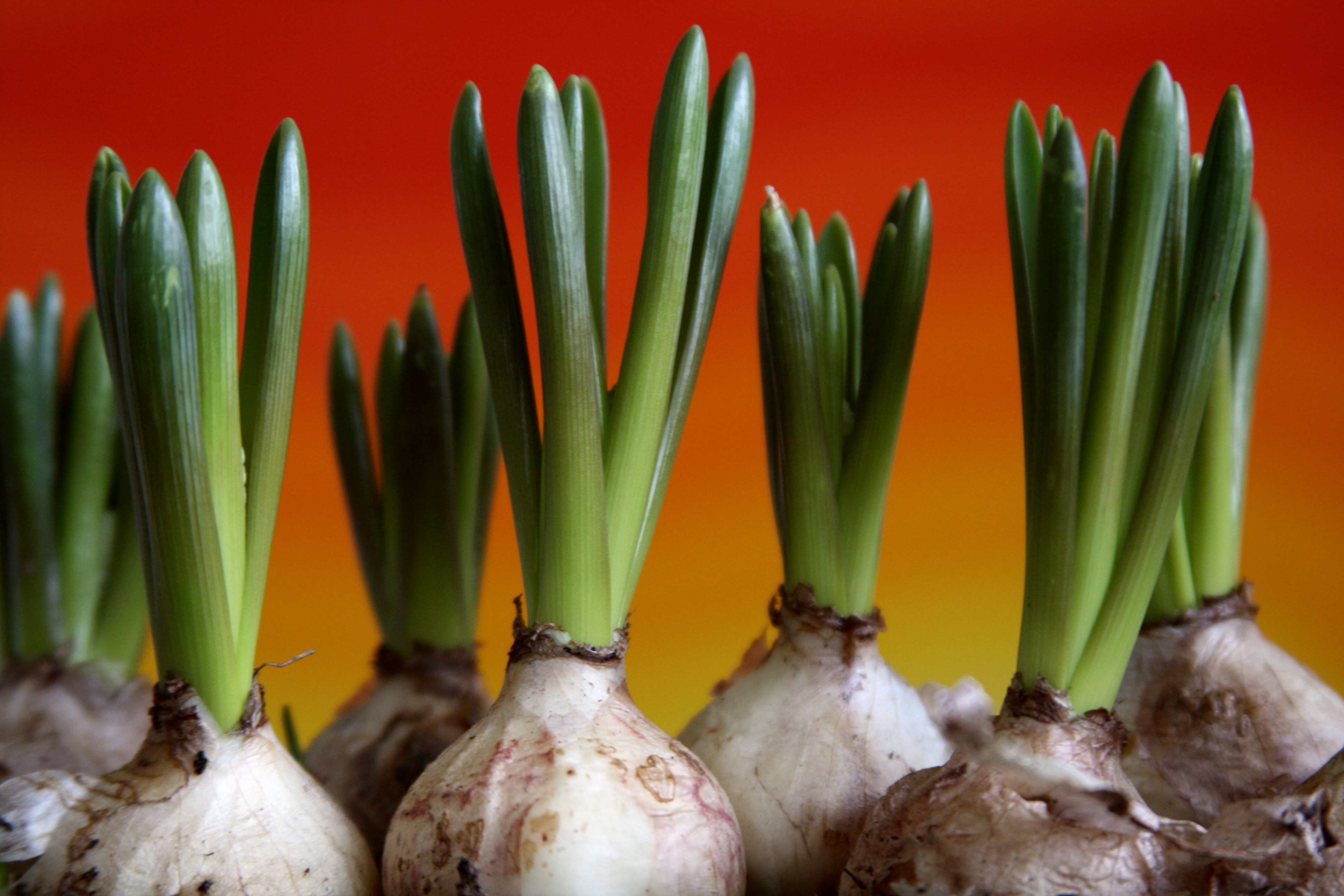How Do I Incorporate Native Bulbs And Tubers Into My Garden Design For Seasonal Color And Texture?
Bulbs, corms, and tubers are essential items for every gardener's toolkit. These storage organs allow plants to survive periods of dormant growth and come back to life when the time is right. Not only are they important for the survival of plants, but they can also add a beautiful aesthetic to any garden or landscape. In this post, we will go into detail about the benefits of bulbs, corms, and tubers, how to properly care for them, and how to incorporate them into your garden design.

Benefits of Bulbs, Corms, and Tubers
There are many benefits to incorporating bulbs, corms, and tubers into your garden. Here are just a few:
- They are low maintenance and require little water
- They can be planted in almost any type of soil
- They add a pop of color and texture to any garden or landscape
- They are perfect for filling in empty spots in your garden
- They are long-lasting and can come back year after year
Caring for Bulbs, Corms, and Tubers
Proper care of your bulbs, corms, and tubers is important to ensure they thrive and produce beautiful blooms. Here are some tips for caring for your storage organs:
Planting
When planting your bulbs, corms, or tubers, it's important to plant them at the right depth. Generally, they should be planted at a depth that is two or three times their diameter. This ensures that they have enough room to grow and allows them to properly anchor themselves in the soil.
Watering
Bulbs, corms, and tubers don't require a lot of water, but it's important to keep the soil consistently moist. This is especially important during the growing season, as they require more water to produce beautiful blooms. If your area is experiencing a drought, consider providing extra water to your plants to keep them healthy.
Fertilizing
A light application of fertilizer in the spring can help your bulbs, corms, and tubers grow strong and healthy. Be careful not to apply too much fertilizer, as this can harm your plants and even burn the roots. A balanced fertilizer with equal amounts of nitrogen, phosphorus, and potassium is a great choice.
Harvesting
When it comes time to harvest your bulbs, corms, and tubers, be sure to wait until the foliage has died back completely. This ensures that the storage organs have enough time to develop properly. Once the plant has finished the flowering cycle, you can dig up the bulbs, corms, and tubers, clean them, and store them in a cool, dry place until it's time to plant them again.
Incorporating Bulbs, Corms, and Tubers Into Your Garden
Now that you know how to care for your storage organs, it's time to incorporate them into your garden design. Here are some tips:
Grouping
One of the easiest ways to incorporate bulbs, corms, and tubers into your garden is to plant them in groups. This creates a stunning display and gives your garden a cohesive look. For best results, choose bulbs, corms, and tubers that have similar blooming times and colors. This will ensure that your garden looks great at all times of the year.
Contrast
Bulbs, corms, and tubers can also be used to add contrast to your garden. Plant them alongside different textures and colors to create a stunning visual display. For example, plant bulbs with feathery leaves next to plants with broad, flat leaves to create a unique and beautiful look.
Containers
If you have limited space or want to have more control over your garden, consider planting bulbs, corms, and tubers in containers. This allows you to move your plants around and create a stunning display no matter what the season. Consider planting bulbs, corms, and tubers in different sized containers to create a stunning visual display.
Underplanting
Another great way to incorporate bulbs, corms, and tubers into your garden is to plant them as underplantings. This means planting them underneath larger plants that tend to go dormant during the summer months. This creates a stunning display and adds color and texture to your garden even when your larger plants aren't blooming.
Overall, bulbs, corms, and tubers are an important part of any gardener's toolkit. They add a beautiful aesthetic to any garden or landscape and are low maintenance, making them perfect for busy gardeners. By following these tips, you can ensure that your bulbs, corms, and tubers thrive and produce beautiful blooms year after year.


